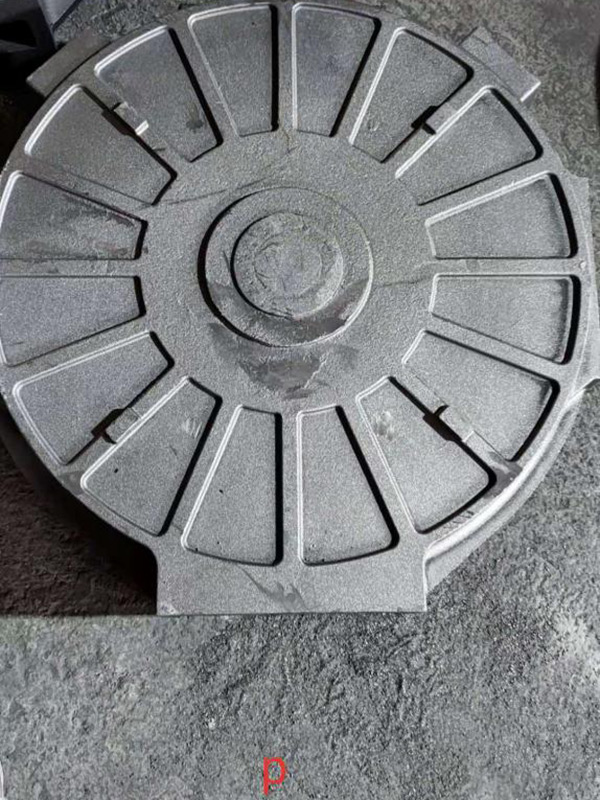How to Cast Sand in Resin A Step-by-Step Guide
Casting sand in resin is an innovative technique that combines the natural beauty of sand with the versatility of resin. This artistic method allows you to create unique pieces of art, jewelry, or functional items with an intriguing texture and a touch of the beach. In this guide, we will walk you through the essential steps, materials needed, and tips to successfully cast sand in resin.
Materials Needed
Before you start, gather the following materials
1. Epoxy Resin Choose a clear, high-quality epoxy resin suitable for casting. 2. Sand Select sand that aligns with your project needs. You can use colored sand, beach sand, or even ground-up shells for variety. 3. Mixing Cups Use disposable cups for mixing resin. 4. Stir Sticks Wooden or plastic sticks work well for mixing. 5. Mold Choose a mold based on the shape of your final product—silicone molds are highly recommended for easy removal. 6. Protective Gear Safety goggles and gloves to protect yourself while working with resin. 7. Alcohol Spray For removing bubbles. 8. Scale To measure resin and hardener accurately.
Step-by-Step Process
1. Prepare Your Workspace Start by setting up a clean, well-ventilated workspace. Lay down protective coverings to avoid spills, as resin can be messy and hard to clean.
2. Measure and Mix Resin Follow the manufacturer's instructions for mixing the epoxy resin. Typically, this involves measuring equal parts of resin and hardener. Pour them into a mixing cup and stir thoroughly for at least 3-5 minutes until you achieve a uniform mixture. Ensure not to introduce too many bubbles during this process.
3. Add Sand to the Resin Once your resin is mixed, add sand to the mixture. The amount of sand can vary depending on your desired outcome, but a good starting ratio is about 1 part sand to 2 parts resin. Stir the mixture until the sand is evenly distributed.
how to cast sand in resin

4. Pour into Mold Carefully pour the resin and sand mixture into your chosen mold. Ensure you fill it to the desired level. If you're creating a layered effect, allow each layer to partially cure before adding the next layer.
5. Remove Bubbles After pouring the resin, small bubbles may form. Gently spray the surface with alcohol to help them rise and pop. Alternatively, you can use a heat gun or torch at a safe distance to eliminate bubbles.
6. Curing Allow the resin to cure according to the product instructions. This typically takes 24 to 48 hours, depending on the resin used and the ambient temperature. Ensure the mold is in a stable environment free from dust and disturbances.
7. Demolding Once the resin has fully cured, carefully remove it from the mold. If using silicone molds, this should be relatively easy. If you encounter resistance, gently flex the mold to release the casting.
8. Finishing Touches Inspect your piece for any imperfections or sharp edges. You can sand down rough spots with fine-grit sandpaper. If desired, you can polish the surface or apply a clear coat for added shine and protection.
Tips for Success
- Always work in a well-ventilated area and wear protective equipment. - Test a small batch before committing to your final project to understand how the sand interacts with your resin. - Experiment with different colors and types of sand to create visually stunning pieces. - Be patient during the curing process; rushing can lead to mistakes or imperfections.
Conclusion
Casting sand in resin is a rewarding and creative process that results in unique and eye-catching pieces. By following these steps and incorporating your personal touch, you can transform simple materials into beautiful works of art. Whether you are making a decorative item or a practical piece, the combination of sand and resin offers endless possibilities for creativity. Happy crafting!
Post time:नोभ . 08, 2024 17:53
Next:foundry sand used in construction
